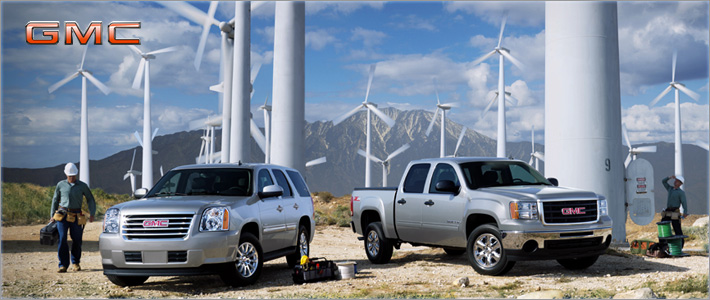

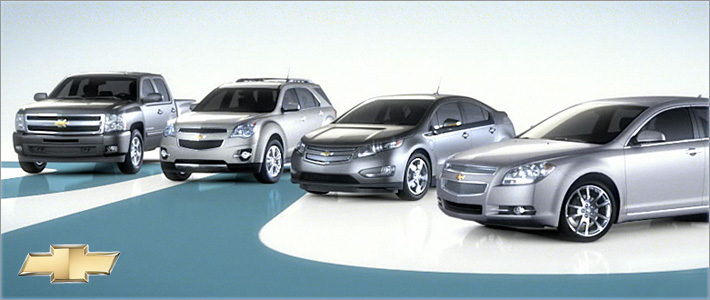
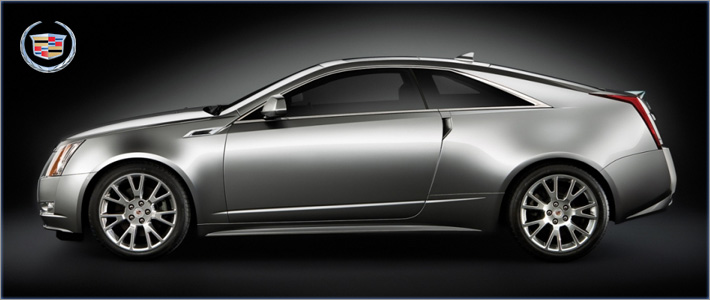
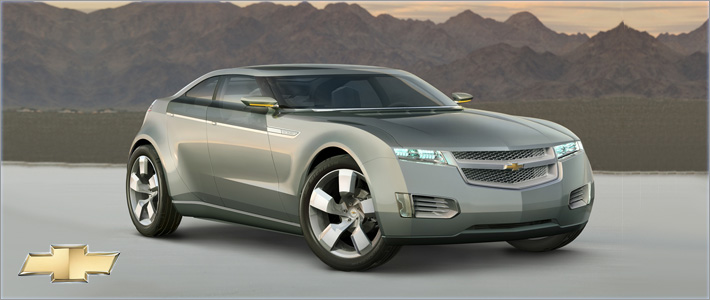
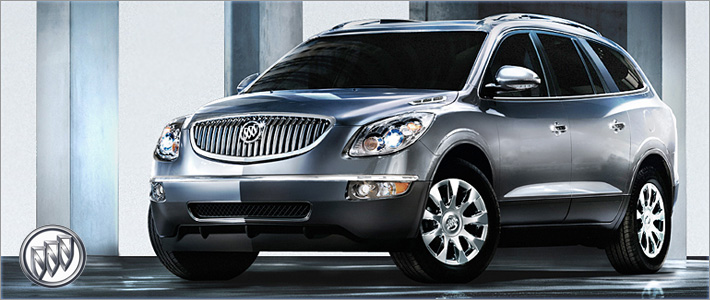
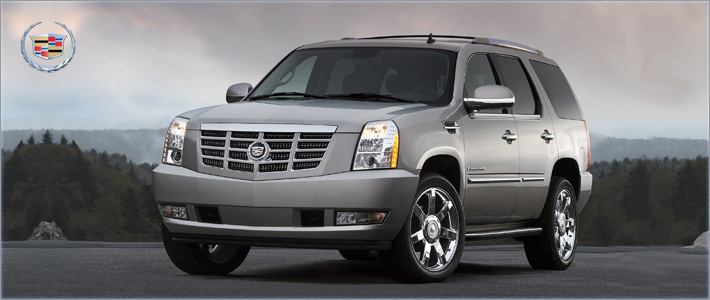
Oldsmobile Alero - The Power of General Motors
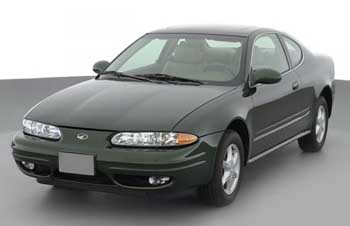 Following a string of truly forgettable small-car efforts in the 1980s and '90s, Oldsmobile celebrated its centennial anniversary by introducing the all-new Alero to compete with the popular and well-established import competition of the day. While it failed to truly capture the hearts and minds of consumers or chalk up many conquest sales, Olds' small car story ended on an upbeat note with a stylish and decently designed effort.
Following a string of truly forgettable small-car efforts in the 1980s and '90s, Oldsmobile celebrated its centennial anniversary by introducing the all-new Alero to compete with the popular and well-established import competition of the day. While it failed to truly capture the hearts and minds of consumers or chalk up many conquest sales, Olds' small car story ended on an upbeat note with a stylish and decently designed effort.
Available as a sedan or coupe, the Oldsmobile Alero was considered by most to be a sporty-looking car thanks to its Oldsmobile Alero Accessories like bulging wheelwells, sleek greenhouse, fluted side panels and large jewellike taillights. The front-drive Alero was also relatively entertaining to drive. Buyers could choose four-cylinder or V6 power. Initially, the Alero came with an automatic transmission only, but a five-speed manual eventually made an appearance.
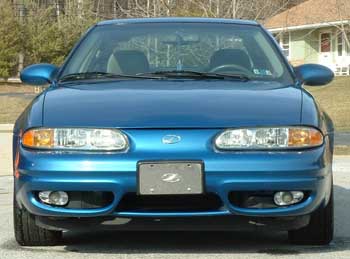 Handling was nicely balanced and braking was strong. Inside, an artfully designed two-tone dash faced comfortable front seats that were firm and supportive. All controls were easy to see and use, with large knobs and buttons. Unfortunately, all-around refinement didn't match that of the leading imports. The phase-out of the Oldsmobile brand spelled the end for the Alero. For a shopper interested in an affordable used coupe or sedan from the early 2000s, the Oldsmobile Alero should do nicely as long as one is aware of the car's faults and lame-duck heritage. Service can be handled at select GM dealerships -- you might want to focus on Pontiac, as the Alero was mechanically similar to the Grand Am.
Handling was nicely balanced and braking was strong. Inside, an artfully designed two-tone dash faced comfortable front seats that were firm and supportive. All controls were easy to see and use, with large knobs and buttons. Unfortunately, all-around refinement didn't match that of the leading imports. The phase-out of the Oldsmobile brand spelled the end for the Alero. For a shopper interested in an affordable used coupe or sedan from the early 2000s, the Oldsmobile Alero should do nicely as long as one is aware of the car's faults and lame-duck heritage. Service can be handled at select GM dealerships -- you might want to focus on Pontiac, as the Alero was mechanically similar to the Grand Am.
The Oldsmobile Alero debuted in 1999 as a replacement for the slow-selling Achieva. Coupe and sedan body styles were offered, as were three main trim levels: entry-level GX, midgrade GL and top-line GLS. GX and GL models came standard with a 2.4-liter four-cylinder engine that made 150 horsepower and 155 pound-feet of torque. Optional on GL and standard on GLS was a 3.4-liter V6 that made 170 hp and 200 lb-ft of torque. The only transmission choice at the time was a four-speed automatic.
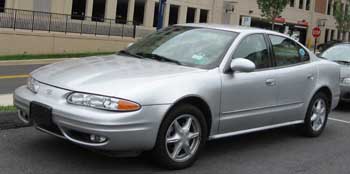 Incremental improvements saw it through the next several years. A year after the car's debut, Olds offered a sport-tuned suspension package for the GL. For 2001, an optional five-speed manual transmission became available on four-cylinder models, and the car's antilock braking system was updated. If you're looking at four-cylinder Aleros, take note that for 2002 Oldsmobile replaced the 2.4-liter engine with a quieter and more fuel-efficient 2.2-liter engine. It made 140 hp and 150 lb-ft of torque. Inside, we found the Oldsmobile Alero offered a user-friendly control layout and seats that were generally comfortable -- though materials quality throughout was a step or two behind that of competing imports; even the leather in the GLS looked and felt too much like vinyl. For those with lots to carry, though, both the coupe and sedan offered a generous 14.6 cubic feet of trunk capacity.
Incremental improvements saw it through the next several years. A year after the car's debut, Olds offered a sport-tuned suspension package for the GL. For 2001, an optional five-speed manual transmission became available on four-cylinder models, and the car's antilock braking system was updated. If you're looking at four-cylinder Aleros, take note that for 2002 Oldsmobile replaced the 2.4-liter engine with a quieter and more fuel-efficient 2.2-liter engine. It made 140 hp and 150 lb-ft of torque. Inside, we found the Oldsmobile Alero offered a user-friendly control layout and seats that were generally comfortable -- though materials quality throughout was a step or two behind that of competing imports; even the leather in the GLS looked and felt too much like vinyl. For those with lots to carry, though, both the coupe and sedan offered a generous 14.6 cubic feet of trunk capacity.
Although neither engine was particularly quiet, the four-cylinder provided adequate power in most situations while the V6 delivered spirited performance. The Alero's suspension tuning was firm and allowed some fun around twists and turns, yet ride quality remained smooth enough to make the Olds suitable for weekday commuting. The steering offered little in the way of road feel, however, and the brakes were strong but could be difficult to modulate due to an overly stiff pedal.